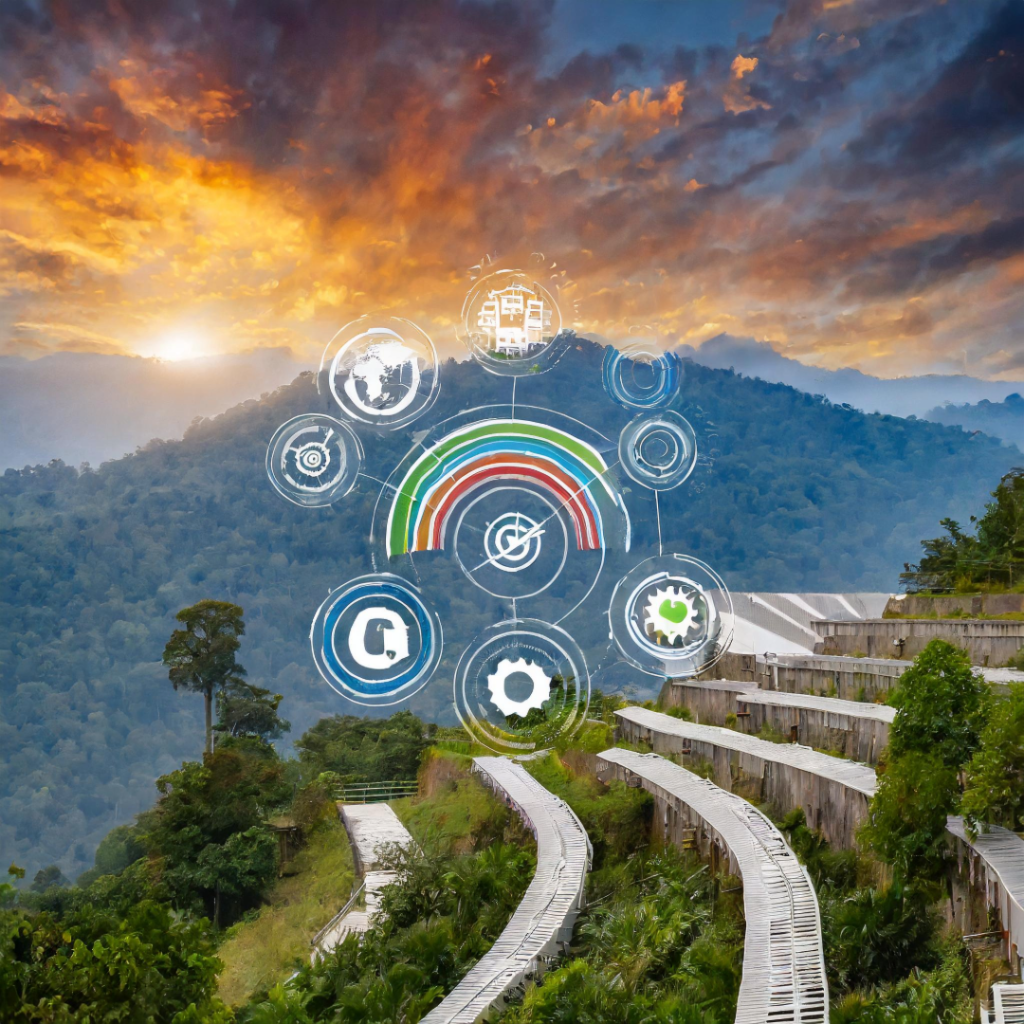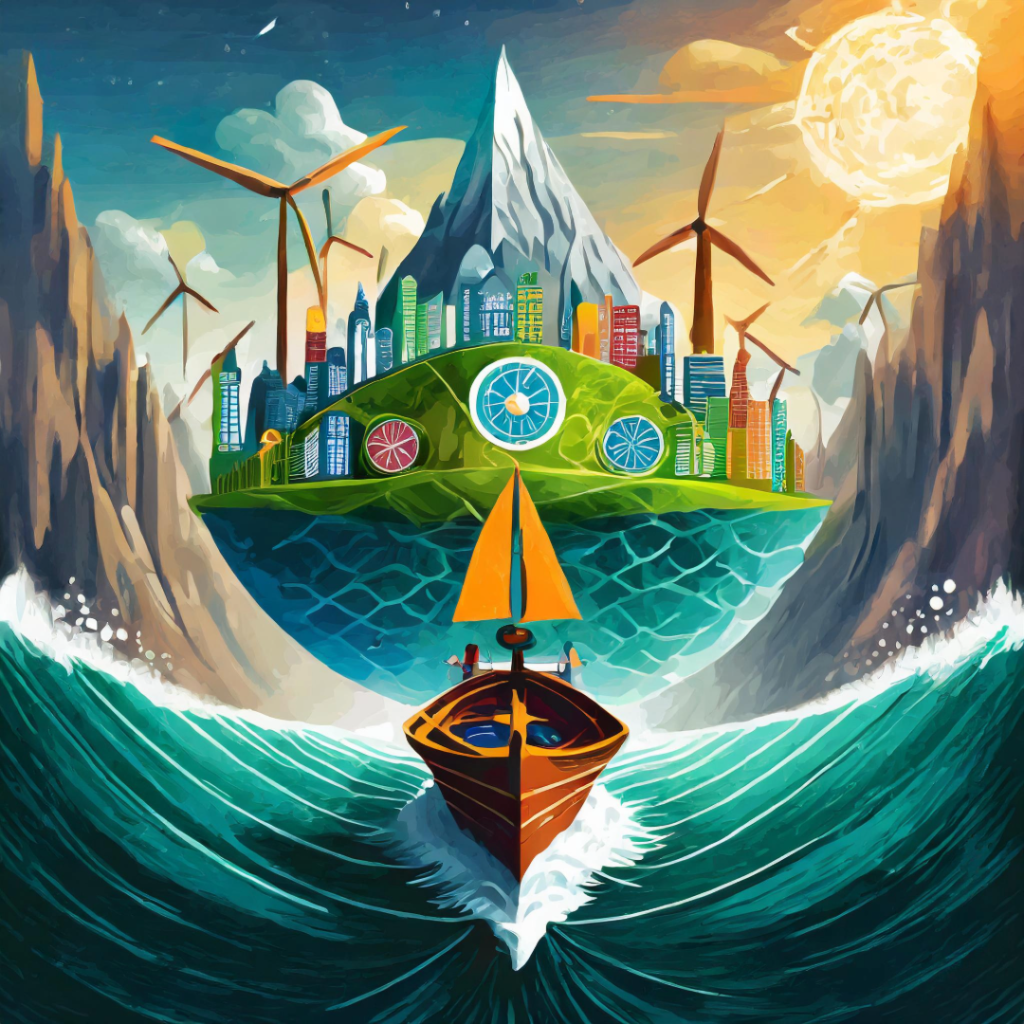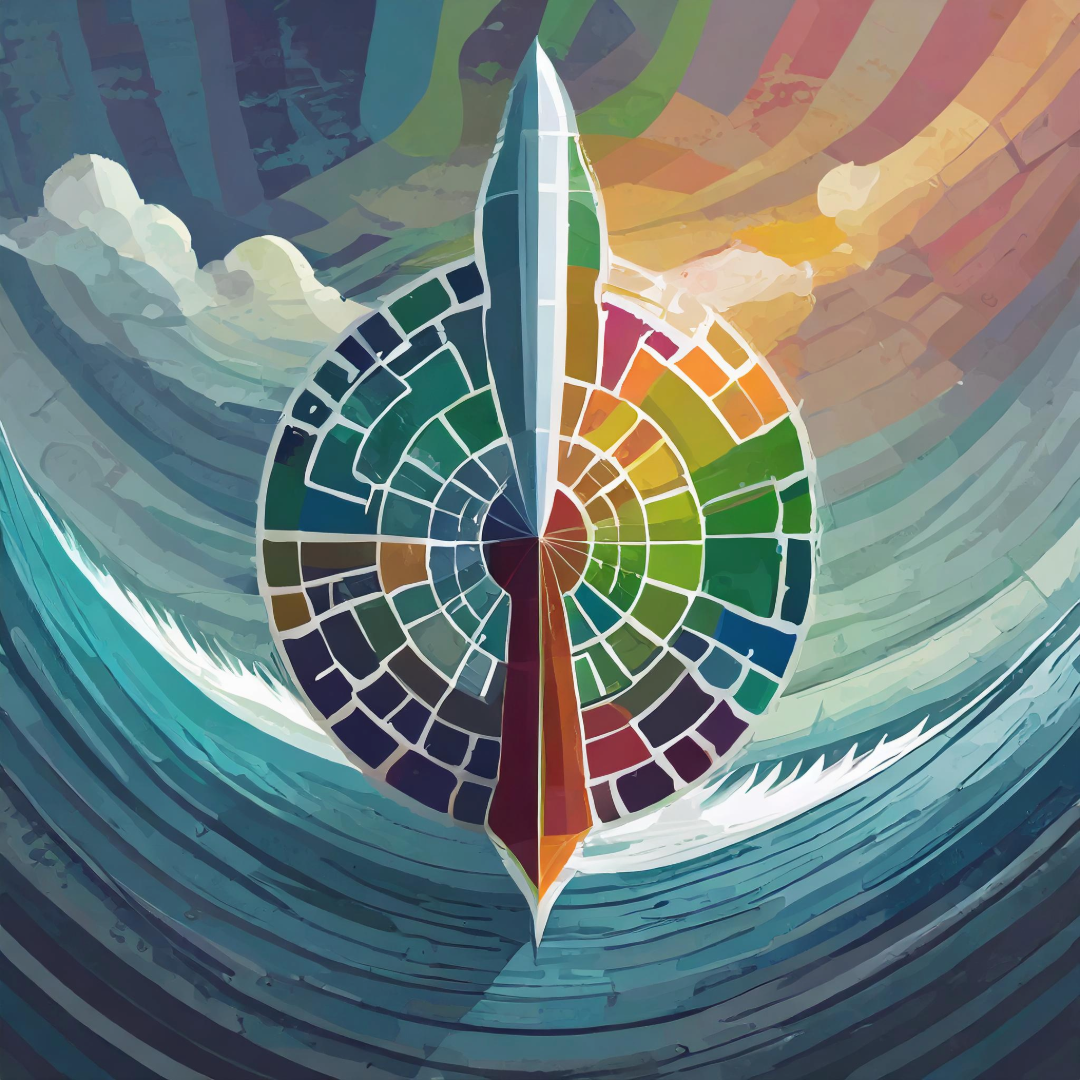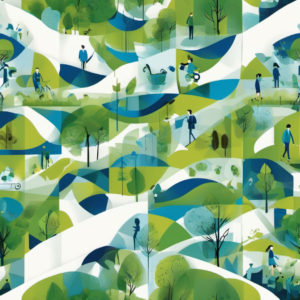Navigating Towards the SDGs by 2030 and Beyond – Progress on the SDGs So Far
The SDGs were adopted in 2015 and we’re now nearing the end of the 15-year period to achieve them. As we approach the target date of 2030, what progress has been made so far?
Overview of Progress for Each Goal
While progress has been made across all 17 SDGs, it remains uneven. Here’s a quick look at where we stand:
SDG 1 (No Poverty) – The global extreme poverty rate has fallen. However, vulnerabilities remain and progress has stalled or reversed in some areas.
SDG 2 (Zero Hunger) – Malnutrition remains high and undernourishment is rising again. More progress is needed to ensure sustainable food production systems and resilient agricultural practices.
SDG 3 (Good Health & Well-Being) – Significant strides have been made in improving health outcomes, though large disparities remain between and within countries. More efforts are needed to achieve universal health coverage.
SDG 4 (Quality Education) – Major progress in access to education, but quality and skills remain issues. Disparities also persist.
SDG 5 (Gender Equality) – Legal frameworks are improving, but violence, discrimination and unequal access to resources and opportunities continue.
SDG 6 (Clean Water) – Billions gained access to basic drinking water. However, safe sanitation and hygiene for all remain a challenge. Water scarcity also requires urgent action.
SDG 7 (Affordable Energy) – Significant expansion in access to electricity, while renewable energy continues to grow. Still, more progress is needed in efficiency and affordability.

Some themes emerge when looking at where we’re on track versus lagging:
On track: Extreme poverty reduction (SDG 1) – Access to electricity (SDG 7) – Maternal mortality reduction (SDG 3) – Legal frameworks for gender equality (SDG 5)
Lagging: Hunger and food insecurity (SDG 2) – Water and sanitation access (SDG 6) – Sustainable consumption and production (SDG 12) – Climate action (SDG 13) – Biodiversity loss (SDG 14 & 15)
More concerted efforts and increased funding is critically needed in lagging areas to accelerate progress and reach the SDG targets by 2030. Global cooperation and innovative solutions will be key.
The Future of the SDGs
The Sustainable Development Goals have the potential to significantly improve people’s lives around the world by 2030, if achieved. The 17 goals aim to end poverty, reduce inequality, spur economic growth, and tackle climate change.
While the 2030 deadline seems far in the future, it is fast approaching. There is still much work to be done to fully realize the SDGs and their 169 targets. However, achieving the SDGs would mean access to quality education, clean water and sanitation, renewable energy, and decent work for all people. It would also lead to reduced hunger and poverty rates worldwide.
Beyond 2030, fully achieving the SDGs has the potential to put societies on a more sustainable and equitable path. The hope is that the progress made through realizing the goals will continue past the 2030 deadline. There are even discussions around what could come after the SDGs to continue improving livelihoods.
However, failure to achieve the SDGs could be detrimental to humanity’s future. Without meeting targets for responsible consumption, climate action, and life on land and below water, the planet’s resources may become depleted. And if poverty and hunger are not sufficiently reduced, global instability could worsen.
The coming years will determine whether the SDGs are an ambitious vision made into reality, or a missed opportunity. With coordinated efforts between governments, business, and civil society, the SDGs can be achieved to create a better world for current and future generations.
The Sustainable Development Goals (SDGs) represent a comprehensive and ambitious global effort to improve lives and protect the planet by 2030. This set of 17 goals and 169 targets was adopted by all United Nations Member States in 2015 as part of the 2030 Agenda for Sustainable Development.
At their core, the SDGs aim to reduce poverty and hunger, improve health and education, make cities sustainable, combat climate change, and protect oceans and forests. The goals interconnect and address the three dimensions of sustainable development – economic, social, and environmental.
Achieving the SDGs will require unprecedented global cooperation and effort. While progress has been made in some areas, major challenges remain. Critics argue the goals are too broad, lack accountability, and do not go far enough. However, the SDGs do represent a shared vision and starting point for collective global action.

The coming decade will be critical for the SDGs. With increased political will, investment, and public pressure, the goals can catalyze the transformations needed for a more just, sustainable, and resilient future. If achieved, the SDGs have the potential to significantly improve life for billions of people and chart a better course for humanity and the planet. The SDGs aim high, but falling short is not an option if we want to leave future generations with a livable world. By working together now, a better future is within reach.




